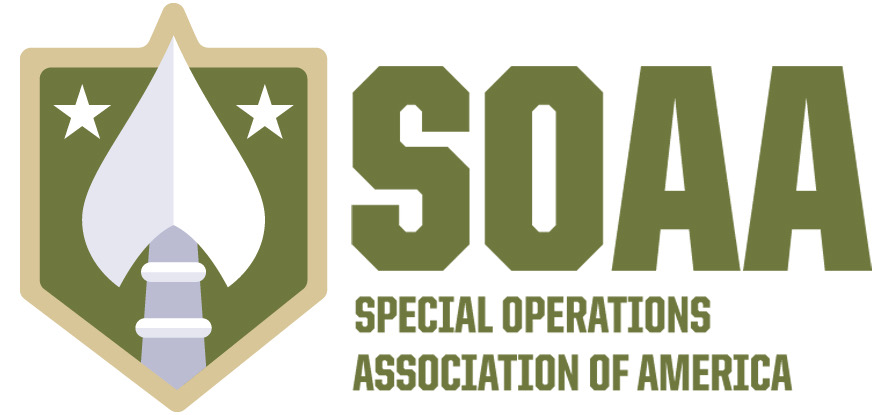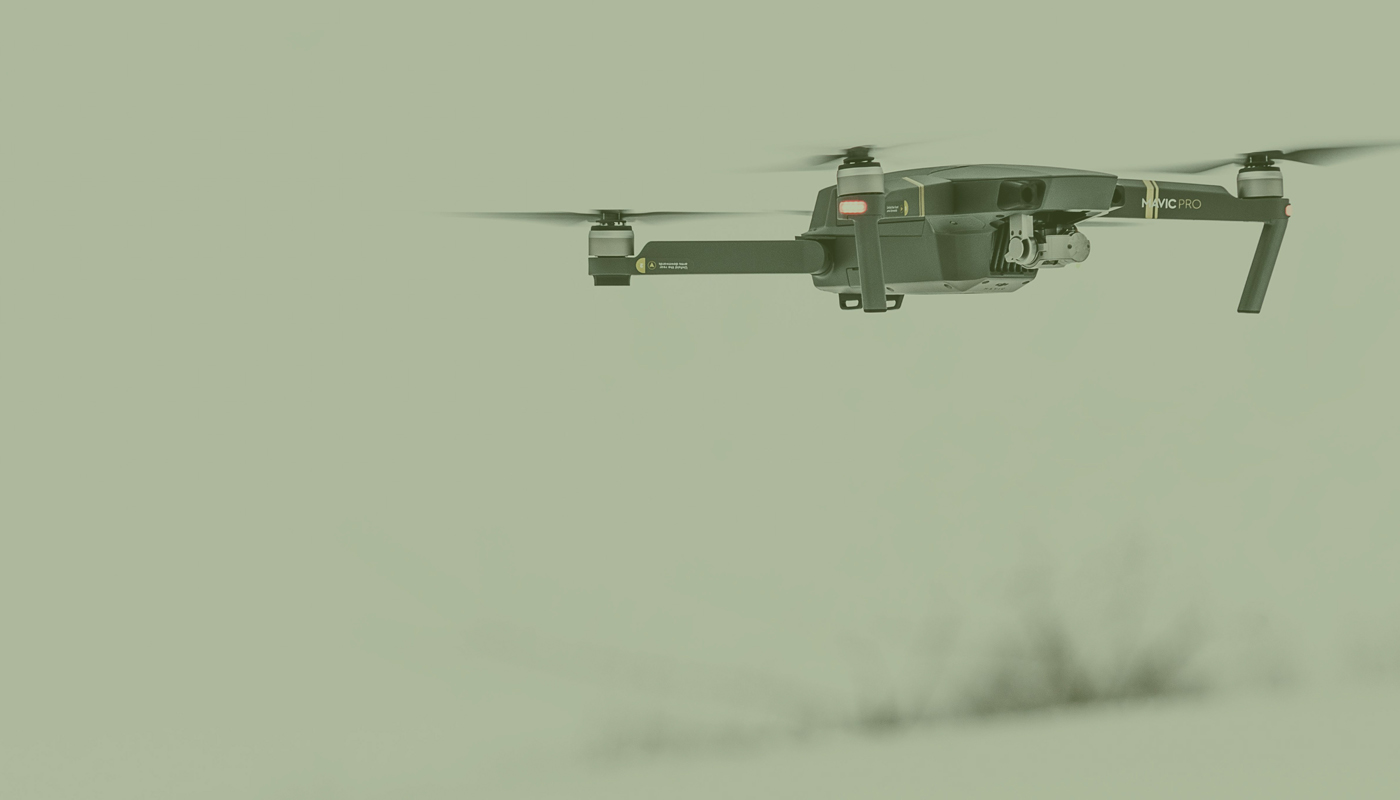Warfare is changing before our eyes. Strategic power, once represented by large armies and sophisticated machines, has irrevocably shifted. Today, influence is wielded through cheap drones and decentralized operations. And a sobering truth must be confronted: America is dangerously unprepared for this new era.
This past month we’ve seen two potent examples of the playbook. Israel’s Mossad smuggled drones inside Iran to conduct strikes on nuclear facilities as part of a multi-pronged, coordinated attack during Operation Rising Lion. Weeks earlier, Ukraine conducted a historic strike deep in Russian territory, using $2,000 drones to inflict billions of dollars in damage. These tactics redefine strategic depth, and they raise a sobering question. How exposed is America to a similar attack here at home?
The world is watching, our enemies are learning, and America is distracted. Partisan fights about policies that do little to contribute to the safety and security of Americans dominate the political discourse. The dangerous mismatch in priorities and the evolving threat landscape is creating the perfect storm of conditions for an attack on U.S. soil.
There are three key reasons we’re dangerously vulnerable. First, compromised borders have allowed millions of undocumented individuals to flow into the country. The polarization of this issue caused most Americans to miss the significance of the problem. In the first half of fiscal year 2024 alone, 24,000 Chinese nationals were apprehended at the U.S. southern border. A stark reality is that our adversaries could have easily inserted covert operatives tasked with preparing for conflict on our soil. Disturbingly, some Chinese nationals already in the country have reportedly surveilled students and sought access to sensitive AI research at Stanford, indeed highlighting the reality that the threat may already be here.
Second, the geographic advantage we’ve enjoyed has historically spared the U.S. from the necessity of hardening its military assets and critical infrastructure against a direct attack. That advantage has vanished in this new era of warfare. Our power grid, communication networks, energy sites, and military installations represent various soft targets, vulnerable to low-tech, high-impact strikes. Hundred-million-dollar aircraft are parked out in the open on tarmacs across military installations. Transformers that provide power to tens of thousands are prone to collapse with one well placed bullet. Meanwhile, our current strategic defenses against airborne threats are mostly geared towards intercepting large intercontinental ballistic missiles and are woefully obsolete against small, low-flying drones.
Third, the disorganization and lack of cooperation between federal, state, and local agencies severely undermine our ability to implement an effective national security policy. This lack of cooperation is what contributed to the tragedy of September 11th. We cannot hope to mount a credible homeland defense without seamless cooperation and clearly defined roles across all levels of government.
The skies below 500 feet in America are essentially undefended. Local law enforcement, often the first responders to threats, currently lack the tools, training, and protocols to effectively identify, track, and neutralize these airborne threats. And while the Trump administration has acknowledged the growing danger and recently signed multiple executive orders to bolster US drone and anti-drone capabilities, including the establishment of a National Training Center for Counter-Unmanned Aircraft Systems, more must be done to meet the moment.
Two priorities we must hold while solving this security crisis:
- Harden critical infrastructure. From our critical energy sites to our military installations, we must immediately assess and implement robust physical and cyber defenses.
- Rapidly procure drone defense systems. We must accelerate the development and procurement of technologies specifically designed to counter these emerging aerial threats. Traditional government procurement timelines will not suffice. The speed of implementation in our agencies must match technological innovation.
Our special operations and national security communities are working tirelessly to close these gaps. But their efforts require political will and urgency. Right now, too many elected leaders are focused on partisan culture wars while our homeland is exposed.
The new age of warfare is here, and the rules have changed. What once kept Americans safe now offers only a false sense of security. This is why we are so committed to our mission of bringing the Ground Truth from the frontlines to the halls of power. Join us or consider donating to support our mission to keep our nation safe.
Jack Barry is a former special operations Blackhawk pilot. He holds an MPA from Harvard Kennedy School and is currently pursuing an MBA at MIT Sloan.





